Home>Articles>Do Not Overload When Using Electric-Powered Hand Tools
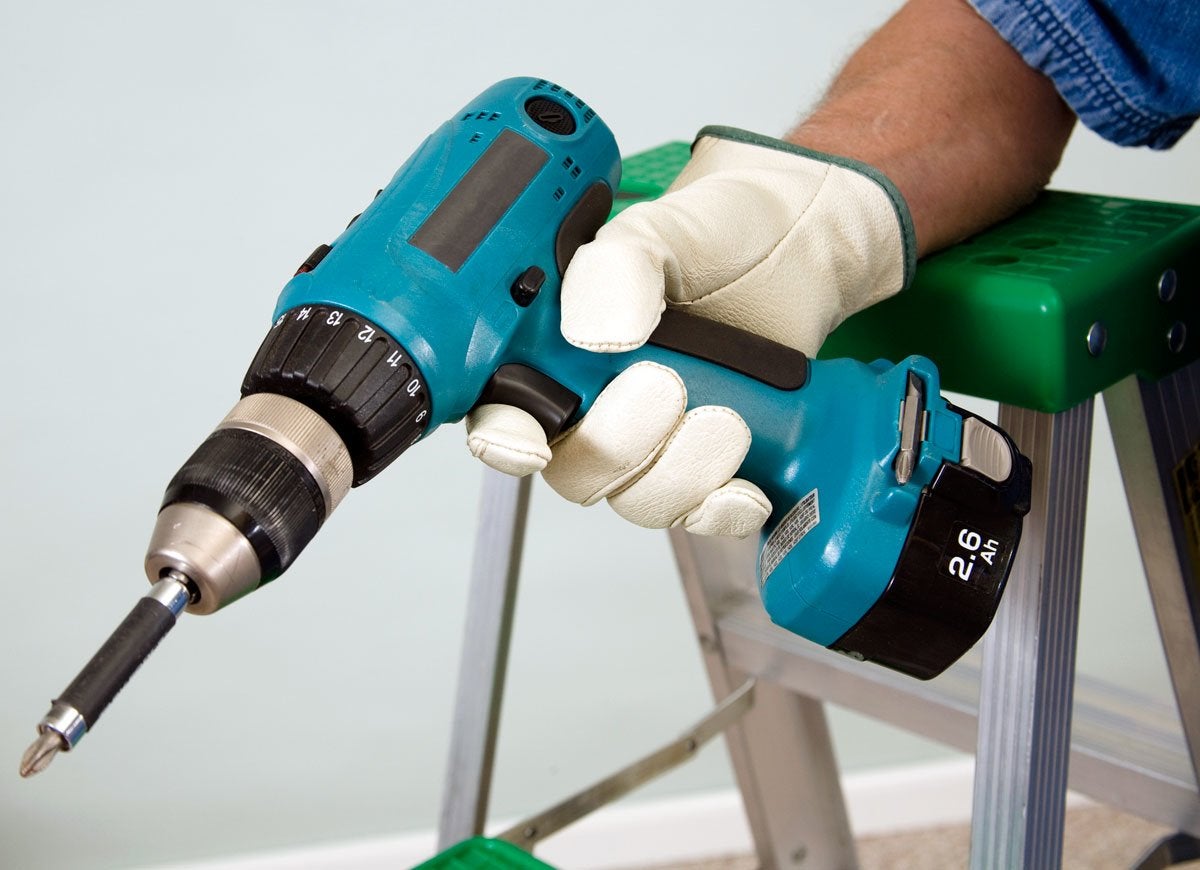

Articles
Do Not Overload When Using Electric-Powered Hand Tools
Modified: August 27, 2024
Discover helpful articles on how to properly use electric-powered hand tools and avoid overloading them. Gain valuable insights and tips for safe and efficient DIY projects.
(Many of the links in this article redirect to a specific reviewed product. Your purchase of these products through affiliate links helps to generate commission for Storables.com, at no extra cost. Learn more)
Introduction
Welcome to the world of electric-powered hand tools! In today’s modern age, these tools have become an integral part of various industries, making our work easier, faster, and more efficient. From power drills to circular saws, electric-powered hand tools have revolutionized the way we build, create, and fix things.
However, it is essential to use these tools responsibly and safely. One crucial aspect of using electric-powered hand tools is understanding and avoiding overloading them. Overloading a tool can lead to various consequences, including damage to the tool, decreased performance, and even potential hazards for the user.
In this article, we will explore the concept of overloading electric-powered hand tools, the dangers it poses, and the steps you can take to prevent it. Whether you are a seasoned professional or a DIY enthusiast, this information will help you optimize the performance of your tools and keep yourself safe.
So, let’s dive in and uncover the world of overloading electric-powered hand tools!
Key Takeaways:
- Overloading electric-powered hand tools can lead to tool damage, reduced performance, safety hazards, and financial implications. Prevent overloading by recognizing signs, following maintenance tips, and practicing safe work habits.
- Prioritize safety and tool maintenance to avoid overloading electric-powered hand tools. Implement tips, monitor signs, and stay knowledgeable to ensure tool longevity and a secure work environment.
Understanding Electric-Powered Hand Tools
Before we delve into the topic of overloading, it’s important to have a good understanding of electric-powered hand tools. These tools are designed to perform various tasks, such as drilling, cutting, sanding, and more, using electric motors as their power source.
Electric-powered hand tools are versatile and come in different sizes, shapes, and power ratings. Some common examples include power drills, angle grinders, circular saws, jigsaws, and power sanders. These tools require a power source, usually electricity from an outlet, to function.
They are designed to provide power and precision, enabling users to complete tasks efficiently and effectively. Modern electric-powered hand tools often have adjustable speed settings, ergonomic designs for comfort, and safety features to protect the user.
Understanding the capabilities and limitations of your tools is crucial. Each tool is designed to handle a specific workload and has its own power limits. Overloading occurs when a tool is pushed beyond these limits, exerting excessive strain on the motor, transmission, and other components.
Knowing the power rating and maximum capacity of your tools is essential for safe and efficient usage. This information is usually provided by the manufacturer in the tool’s user manual or on the tool itself.
Now that we have a basic understanding of how electric-powered hand tools operate, let’s move on to exploring why overloading them can be dangerous.
The Dangers of Overloading
Overloading an electric-powered hand tool can have serious consequences, both for the tool itself and for the person using it. Understanding these dangers is crucial to prevent accidents, maintain tool longevity, and ensure optimal performance.
When a tool is overloaded, it puts excessive stress on its motor and other internal components. This can lead to overheating, increased wear and tear, and even permanent damage to the tool. Over time, repeated overloading can shorten the lifespan of the tool and require costly repairs or replacements.
Furthermore, an overloaded tool may not perform as expected. It may become sluggish, lose power, or fail to complete the task at hand. This not only affects your productivity but also compromises the quality of your work.
But perhaps the most critical danger of overloading a tool is the safety risk it poses to the user. Excessive strain on the tool’s motor can cause it to overheat, potentially leading to malfunctions or even fire hazards. In addition, an overloaded tool is more likely to experience sudden failures, such as broken parts or blade disintegration, which can result in serious injuries.
Additionally, when a tool is overloaded, it can cause a loss of control. The increased strain can make the tool more difficult to handle, increasing the risk of accidents such as slips, falls, and improper cutting or drilling. These accidents can lead to severe injuries, from minor cuts and bruises to more debilitating wounds.
It is important to note that the dangers of overloading are not limited to the tool itself or the immediate user. If you are working in a shared workspace or around others, an overloaded tool can pose a risk to their safety as well. Flying debris, loud noises, or sudden tool failures can potentially harm those nearby.
To ensure a safe and efficient work environment, it is crucial to be able to recognize the signs of overloading. Let’s delve into some common indicators in the next section.
Signs of Overloading
Recognizing the signs of overloading is essential to prevent damage to your electric-powered hand tools and ensure personal safety. By being aware of these indicators, you can take immediate action and adjust your usage to avoid potential hazards.
Here are some common signs that may indicate you are overloading your tool:
- Decreased Performance: If you notice a significant drop in the tool’s performance, such as slower speeds, reduced cutting or drilling capacity, or difficulty maintaining power, it may be a sign that the tool is being overloaded.
- Excessive Heat: Overloading can cause the tool to heat up more than usual. If you feel excessive heat radiating from the motor or handles, it’s a clear sign that the tool is under strain. Remember, excessive heat can be a fire hazard, so immediate action is crucial.
- Unusual Noises: Grinding, whining, or other strange noises coming from the tool may indicate an overloaded motor or damaged internal components. These sounds should not be ignored and should be addressed promptly.
- Vibration: Increased vibrations that you did not experience before or excessive shaking of the tool can be a sign of overloading. This may indicate that the motor is struggling to cope with the demand, causing imbalanced movement.
- Tripped Circuit Breakers or Blown Fuses: If your tool frequently causes the circuit breaker to trip or blows fuses, it is a clear indication of overloading. The tool is drawing more power than the circuit can handle, which can damage both the tool and the electrical system.
It’s important to pay attention to these signs and not ignore them. If you notice any of these indicators, stop using the tool immediately and take appropriate measures.
Now that we know the signs of overloading let’s explore the potential consequences that can arise from it.
When using electric-powered hand tools, do not overload them by pushing them beyond their capacity. This can cause damage to the tool and increase the risk of accidents. Always use the right tool for the job and follow the manufacturer’s guidelines for usage.
Potential Consequences
Overloading electric-powered hand tools can lead to a range of negative consequences, affecting both the tool itself and the user. Understanding these potential outcomes is essential to highlight the importance of preventing overloading and taking the necessary precautions.
Tool Damage: One of the most immediate consequences of overloading is the damage it can cause to the tool. Excessive strain on the motor and internal components can result in premature wear and tear, leading to decreased performance and potential breakdowns. Repairing or replacing damaged tools can be costly and time-consuming.
Poor Performance: Overloaded tools often exhibit decreased performance. The tool may become slow, struggle to cut or drill efficiently, or fail to deliver the expected results. This compromises the quality of your work and can have a negative impact on productivity and efficiency.
Reduced Tool Lifespan: Constant overloading can significantly shorten the lifespan of your electric-powered hand tools. The excessive strain and wear can accelerate the deterioration of internal components, leading to a shorter tool life. This means more frequent replacements or repairs, adding unnecessary expenses.
Increased Safety Hazards: Overloaded tools pose a significant safety risk to the user and those around them. Overheating of the motor can lead to malfunctions, fires, or electrical shocks. Sudden failures of overloaded tools, such as broken parts or disintegrating blades, can result in severe injuries. Loss of control due to excessive strain can lead to accidents, slips, falls, or improper usage.
Financial Implications: Overloading tools not only incurs the cost of potential repairs or replacements but also affects your overall productivity. Poor performance and increased downtime due to tool failures can impact project timelines and result in financial losses. Additionally, accidents caused by overloaded tools can lead to medical expenses and legal implications.
Reputation Damage: In professional settings, using overloaded tools can reflect poorly on your reputation. Clients and employers expect high-quality work delivered in a safe and efficient manner. Constant breakdowns or subpar results due to overloading can erode trust and credibility, potentially affecting future opportunities.
Now that we are aware of the potential consequences, let’s explore some tips on how to avoid overloading your electric-powered hand tools.
Tips for Avoiding Overloading
Preventing overloading is key to maintaining the performance and longevity of your electric-powered hand tools. By following these tips, you can ensure safe and efficient usage while minimizing the risk of damage and accidents.
- Read the User Manual: Familiarize yourself with the manufacturer’s guidelines and instructions provided in the user manual. Understand the tool’s power rating, maximum capacity, and recommended usage.
- Choose the Right Tool for the Task: Use the appropriate tool for the job at hand. Different tools have different power capabilities, and using the wrong tool for a task can easily lead to overloading.
- Don’t Force the Tool: Let the tool do the work. Avoid applying excessive pressure or forcing the tool to perform beyond its capacity. Use a lighter touch and allow the tool to operate at its designed speed.
- Monitor the Tool’s Temperature: Pay attention to the heat generated by the tool during use. If it becomes excessively hot, give it time to cool down before continuing. Consider using cooling fans or providing adequate ventilation in the work area.
- Use Proper Accessories: Ensure that you are using the correct accessories and attachments for your tools. Using a blade or bit that is not suited for the tool can increase the risk of overloading.
- Take Breaks: Give your tools and yourself a break. Prolonged and continuous use can lead to overheating and potential overloading. Take regular breaks to allow the tool and motor to cool down.
- Inspect Tools Regularly: Regularly inspect your tools for any signs of damage, wear, or loose connections. Replace worn-out parts, such as blades or bits, and ensure all components are properly tightened and secured.
- Upgrade when Necessary: Consider upgrading to more powerful tools if you often find yourself pushing the limits of your current ones. Investing in tools with higher power ratings and capacities can prevent overloading in the long run.
- Attend Training and Certification Programs: If you are using electric-powered hand tools professionally, consider participating in training and certification programs. These programs can provide you with valuable knowledge on tool usage, safety practices, and identifying potential risks.
- Practice Safe Work Habits: Always wear appropriate personal protective equipment (PPE), such as safety glasses, gloves, and ear protection. Follow proper tool handling techniques, maintain good posture, and create a well-organized work area to minimize accidents.
By implementing these tips into your routine, you can avoid overloading your electric-powered hand tools, ensuring their longevity and maintaining a safe work environment.
Now that we’ve explored ways to prevent overloading, let’s move on to discussing the importance of proper maintenance and care for your tools.
Proper Maintenance and Care
Maintaining your electric-powered hand tools is essential for their optimal performance, longevity, and safe operation. Proper maintenance and care not only prevent overloading but also extend the lifespan of your tools, saving you time and money in the long run. Here are some key maintenance practices to keep in mind:
- Cleanliness: Regularly clean your tools after each use to remove dust, debris, and other contaminants. Use a soft brush or compressed air to clean hard-to-reach areas. This helps prevent buildup that can affect the tool’s performance.
- Lubrication: Apply lubricants to moving parts, such as hinges and gears, as recommended by the manufacturer. This helps reduce friction and wear, ensuring smooth operation and preventing overheating.
- Sharp Blades and Bits: Keep your cutting blades and drill bits sharp. Dull blades and bits not only strain the tool but also increase the risk of accidents. Sharpen or replace them when necessary to maintain optimal cutting performance.
- Inspect Electrical Cords: Regularly inspect the electrical cords for any signs of damage, such as fraying or exposed wires. If you notice any issues, replace the cord immediately to prevent electrical hazards.
- Battery Maintenance: If you use cordless electric tools, pay attention to your batteries. Follow the manufacturer’s guidelines for battery maintenance, including proper charging and storage practices, to ensure their maximum lifespan and performance
- Store Properly: Store your tools in a clean, dry, and secure space when not in use. Avoid exposing them to extreme temperatures, moisture, or direct sunlight. Proper storage prevents damage and protects your tools from dust and debris.
- Regular Inspections: Periodically inspect your tools for any signs of wear, loose parts, or malfunctions. Address any issues promptly, either by repairing the tool yourself or seeking professional assistance.
- Follow Manufacturer Guidelines: Always follow the specific maintenance instructions provided by the manufacturer. This includes recommended maintenance schedules, cleaning methods, and any specific care instructions for your tools.
- Training and Education: Stay updated with the latest industry standards, safety practices, and maintenance techniques. Attend workshops, seminars, or online courses to enhance your knowledge and skills in tool maintenance.
Proper maintenance and care not only prevent overloading but also contribute to safe, efficient, and reliable operation of your electric-powered hand tools. By incorporating these practices into your routine, you can maximize the lifespan of your tools and ensure their optimal performance.
Now that we have covered the importance of maintenance and care, let’s wrap up our exploration of overloading electric-powered hand tools.
Conclusion
Using electric-powered hand tools can significantly improve productivity and efficiency in various industries. However, it is crucial to understand the concept of overloading and take the necessary precautions to prevent it. Overloading your tools can lead to damage, decreased performance, safety hazards, and financial implications.
In this article, we explored the dangers of overloading and the potential consequences it can have on both the tools and the users. We discussed the signs of overloading, including decreased performance, excessive heat, unusual noises, vibration, and tripped circuit breakers. Recognizing these signs allows you to take immediate action and avoid further damage.
We also provided key tips for avoiding overloading, such as reading the user manual, choosing the right tool for the task, not forcing the tool, and monitoring the tool’s temperature. Additionally, we emphasized the importance of proper maintenance and care, including cleanliness, lubrication, sharp blades and bits, inspecting electrical cords, and proper storage.
By implementing these tips and maintaining safe work habits, you can prevent overloading, extend the lifespan of your tools, and ensure a secure work environment. Regular inspections, upgrading tools when necessary, and staying knowledgeable about industry standards and guidelines are essential in maintaining tool efficiency and user safety.
Remember, prevention is always better than dealing with the consequences of overloading. Prioritize safety, follow manufacturer guidelines, and invest time in maintaining your electric-powered hand tools. By doing so, you can enjoy their benefits for years to come, while keeping yourself and those around you safe.
So, let’s keep our tools in peak condition, work smartly, and enjoy the efficiency and power of electric-powered hand tools without the risks of overloading!
Frequently Asked Questions about Do Not Overload When Using Electric-Powered Hand Tools
Was this page helpful?
At Storables.com, we guarantee accurate and reliable information. Our content, validated by Expert Board Contributors, is crafted following stringent Editorial Policies. We're committed to providing you with well-researched, expert-backed insights for all your informational needs.
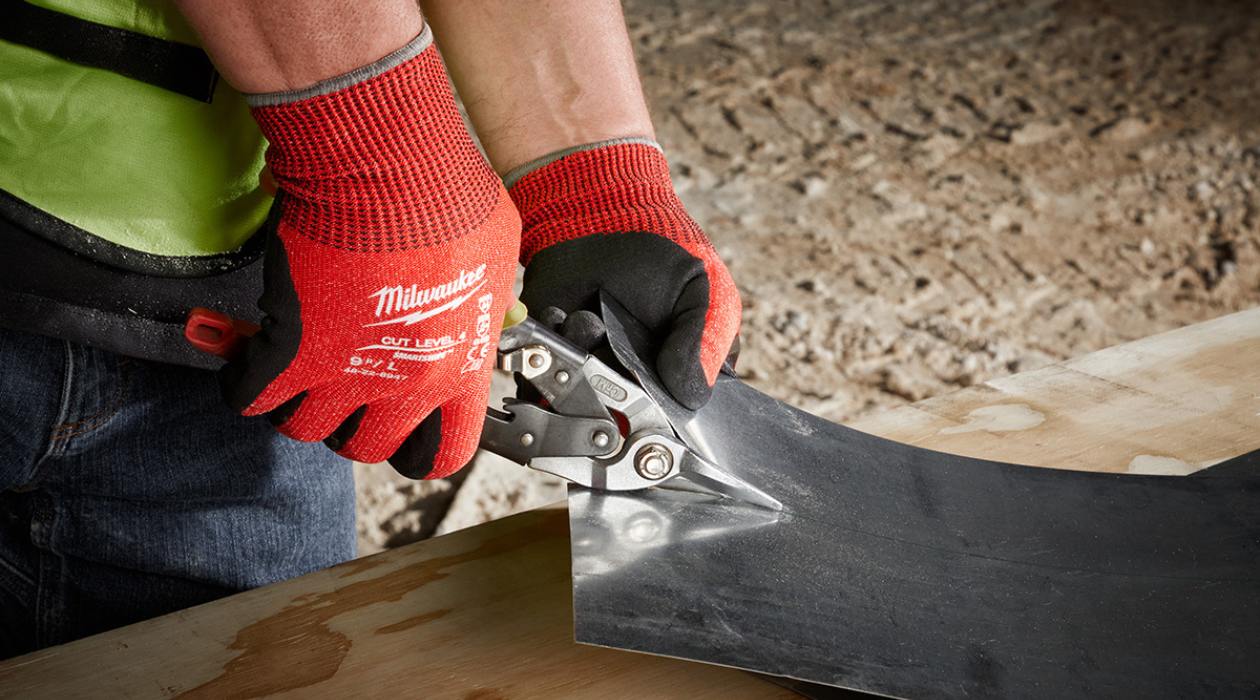
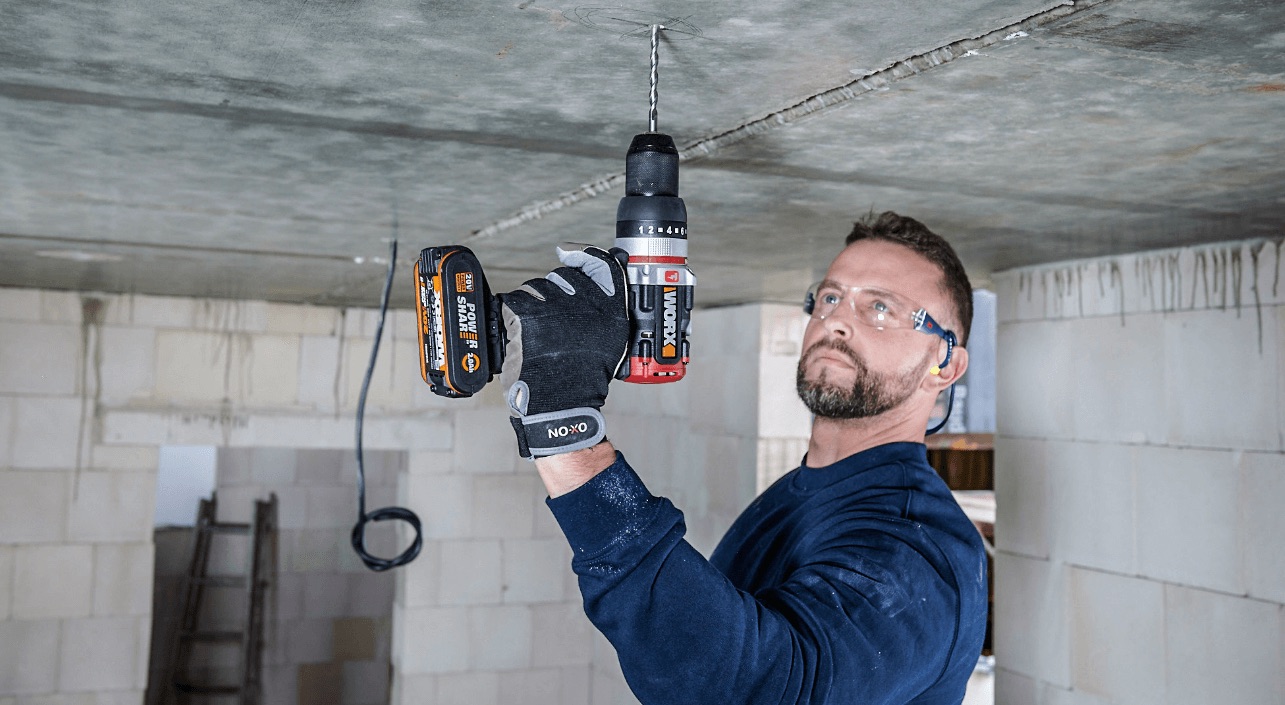
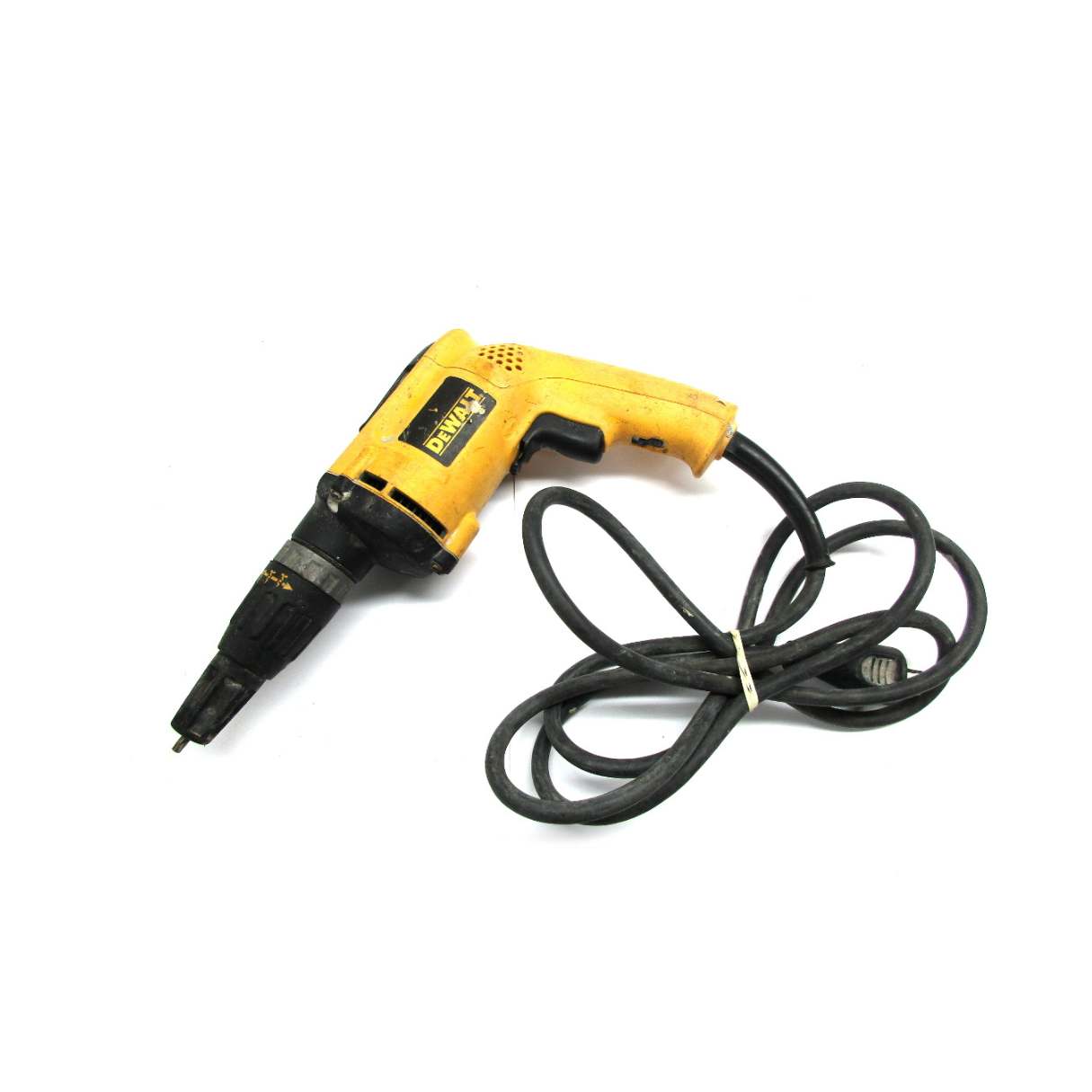
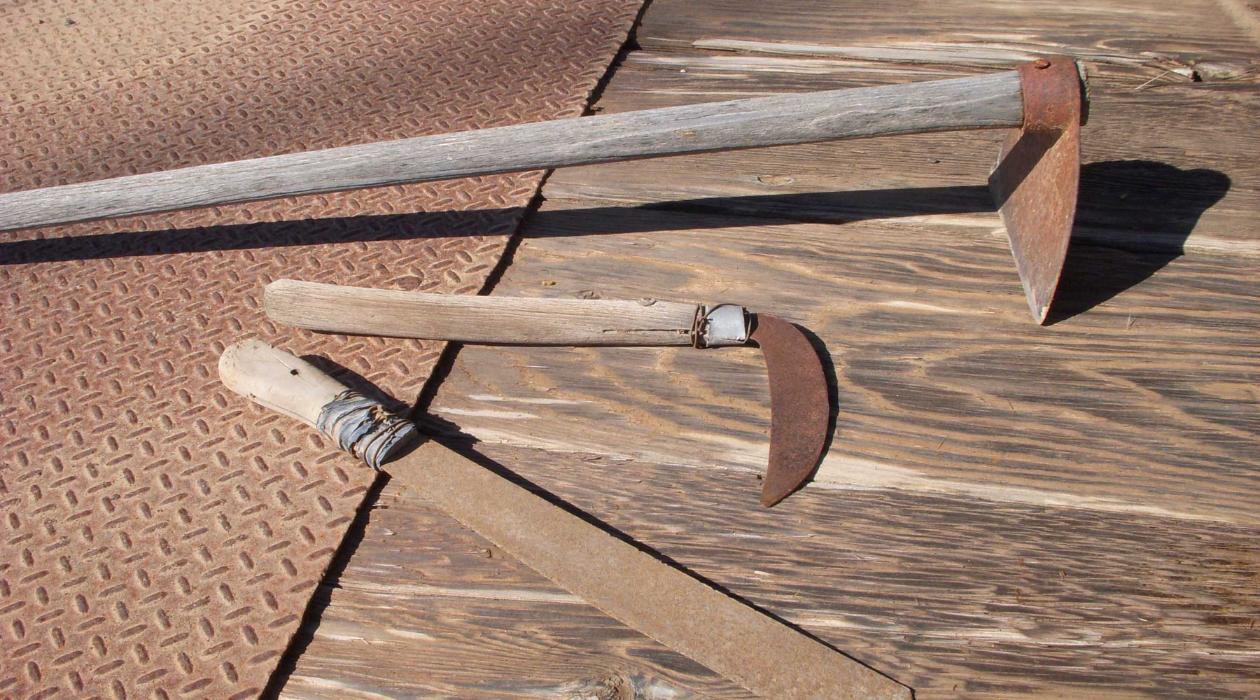
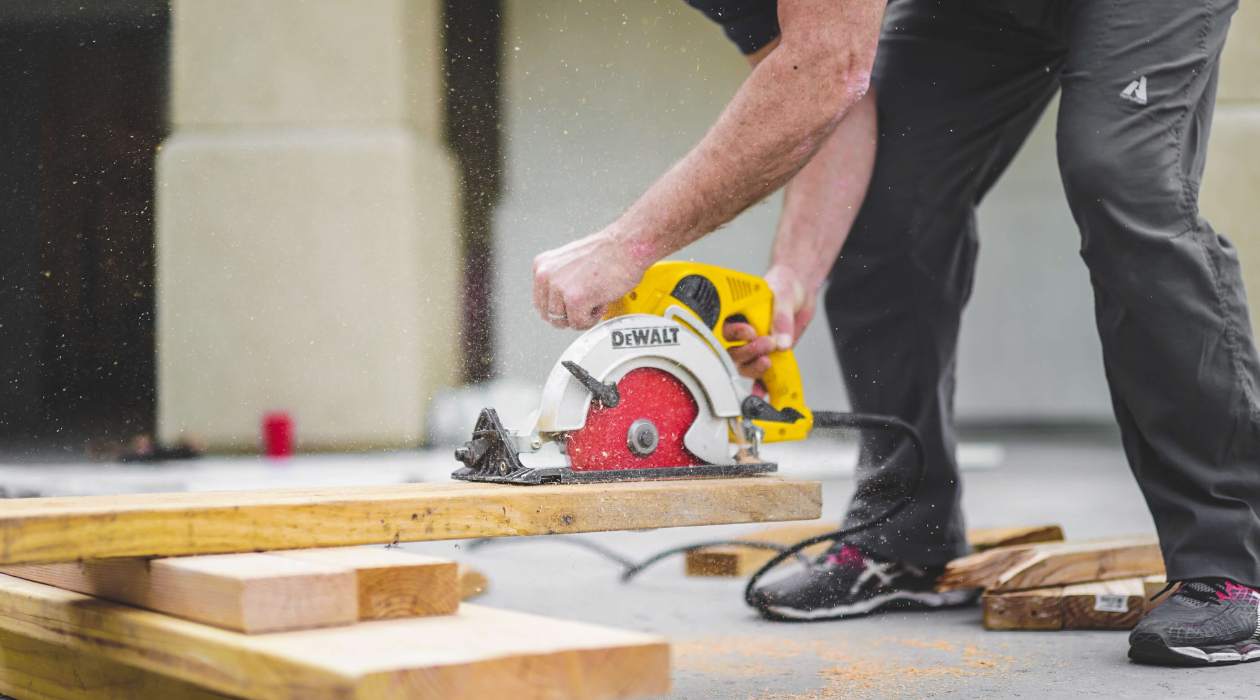
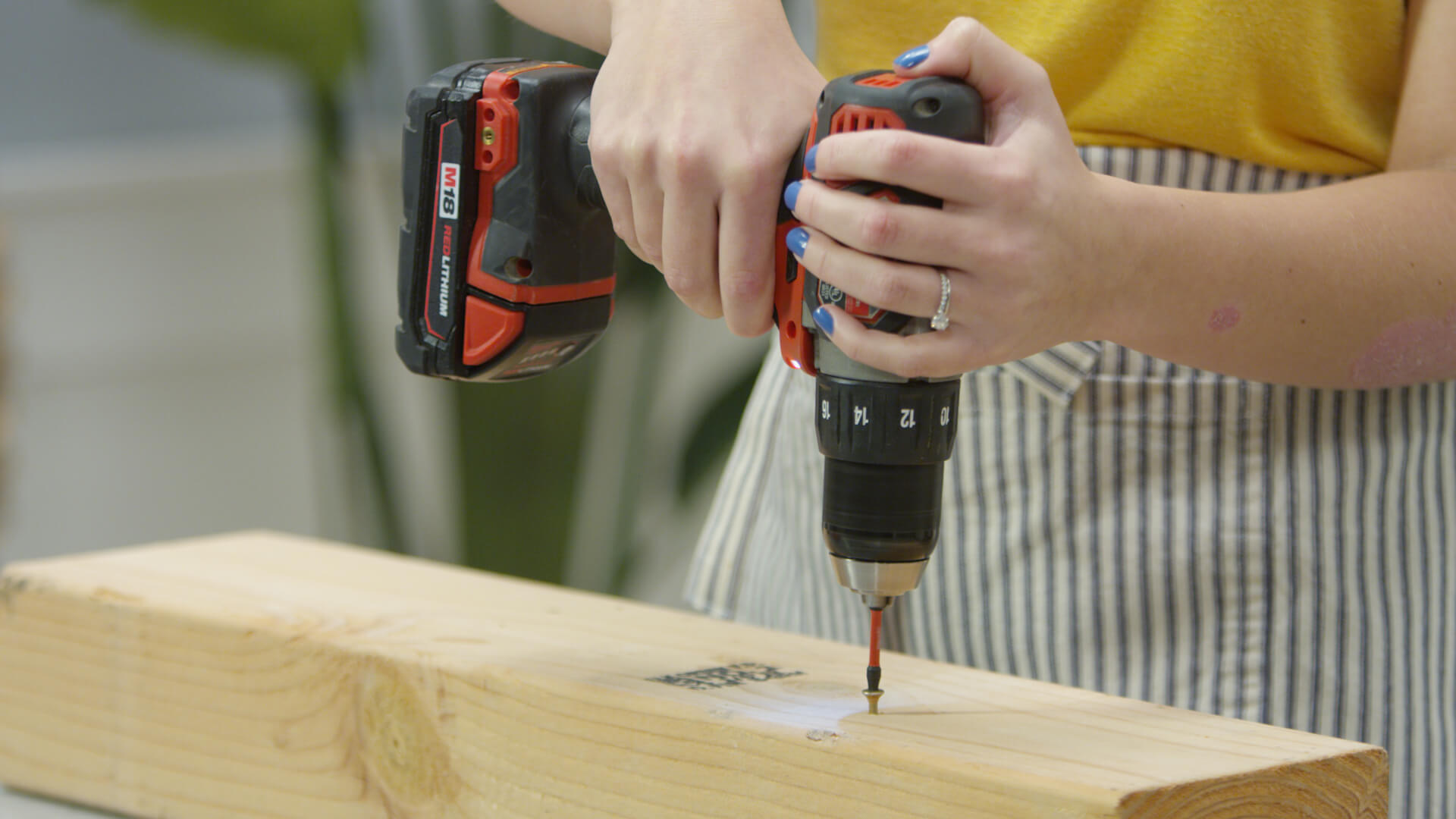
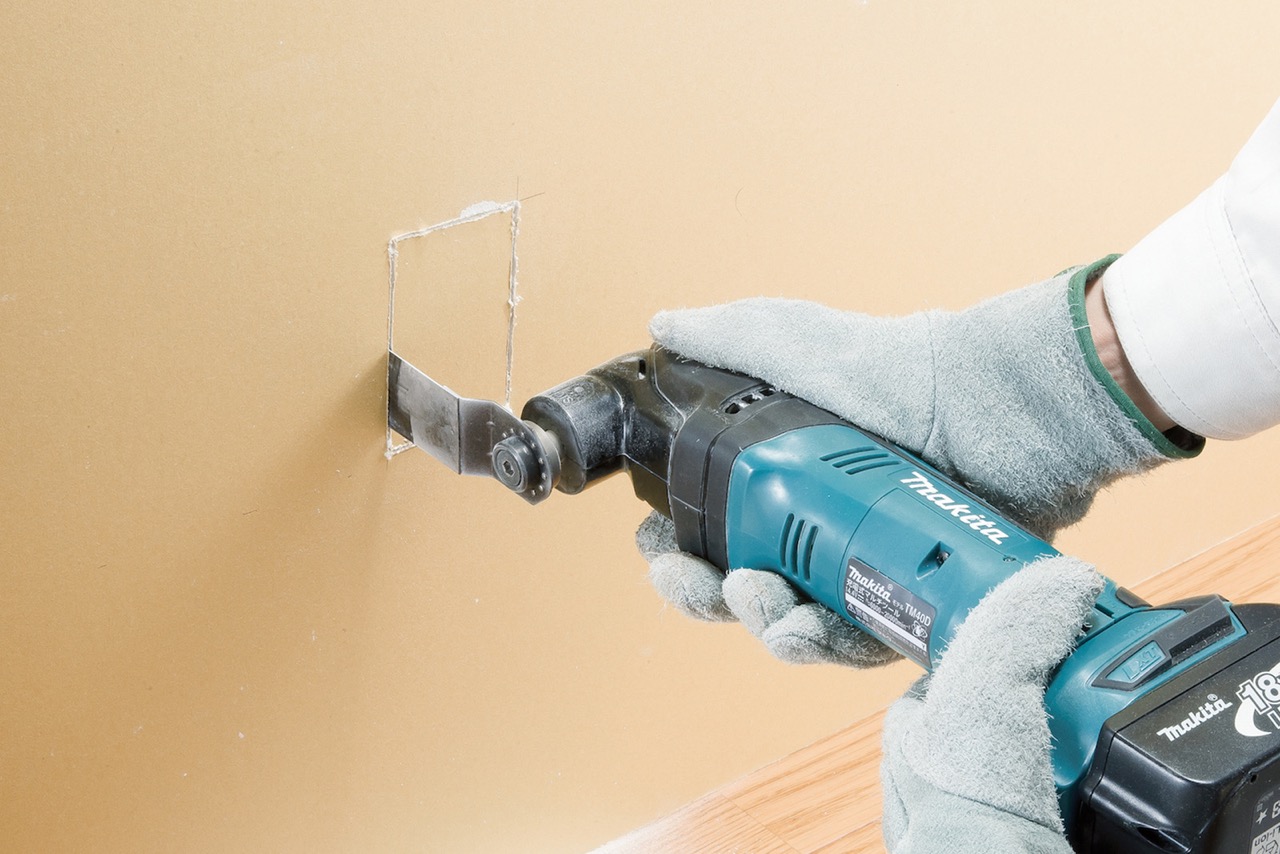
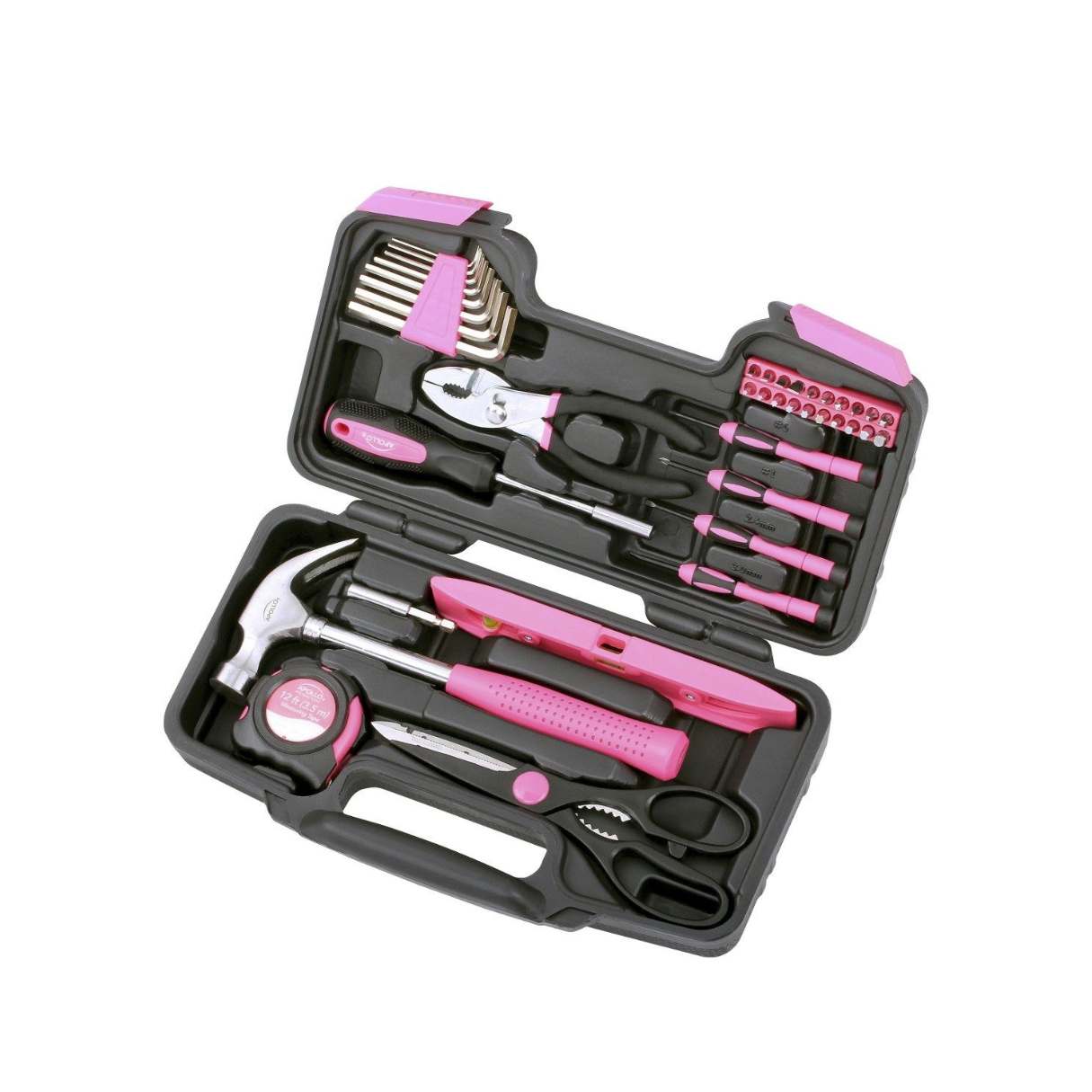

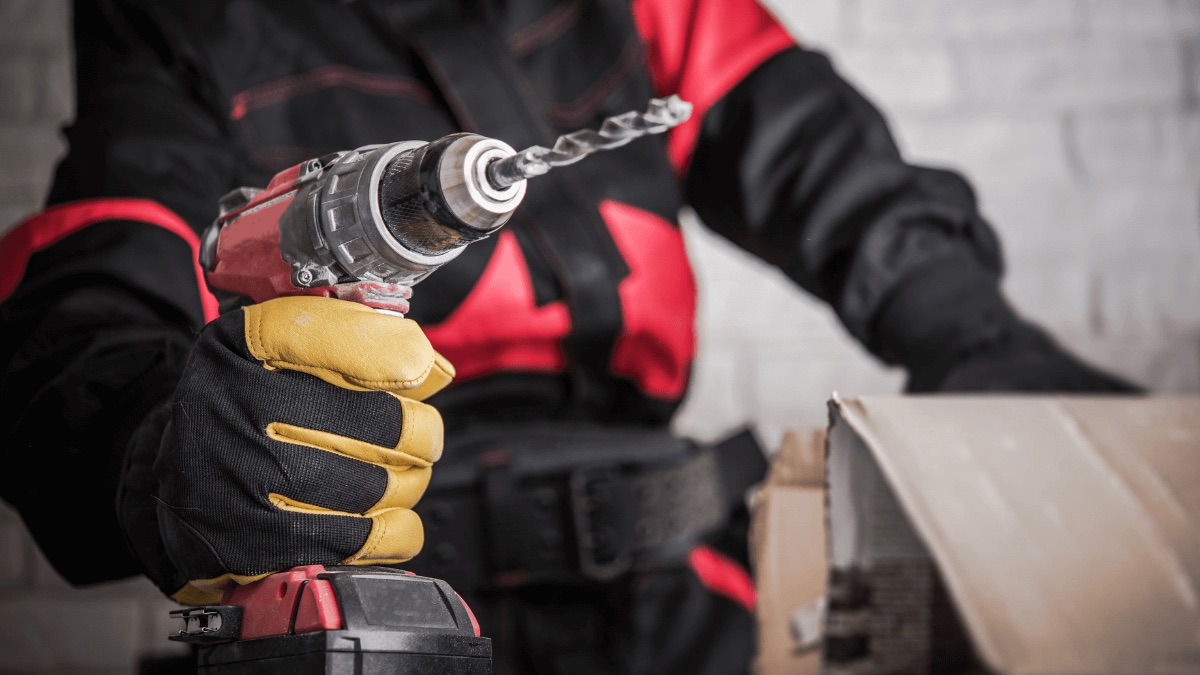
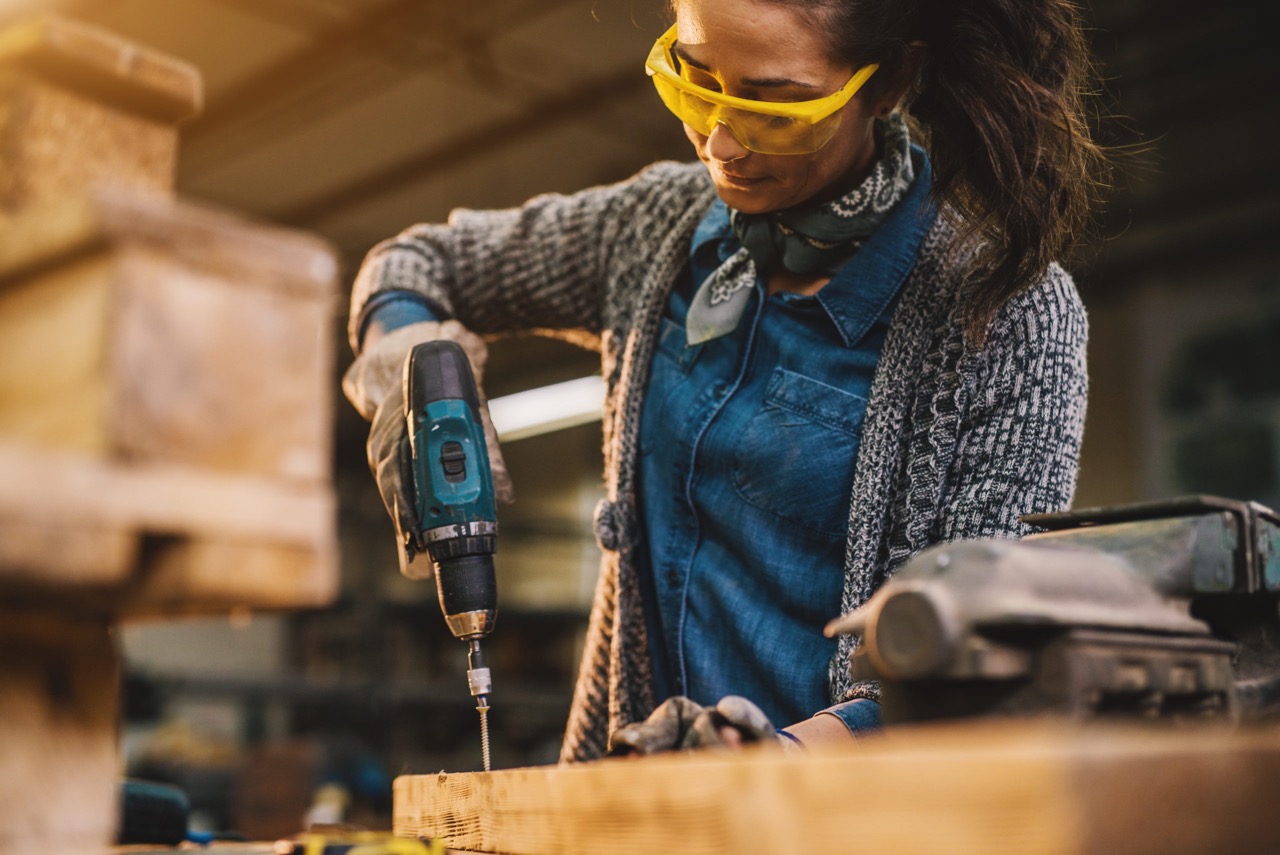
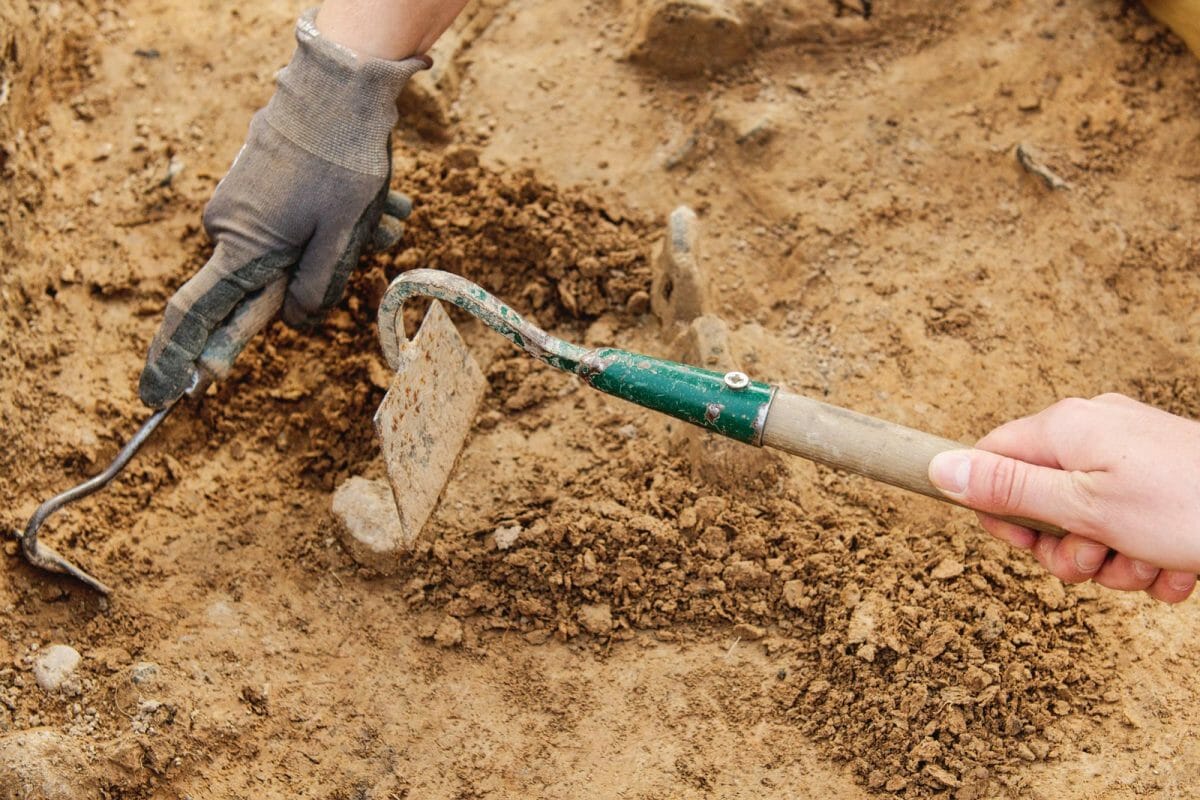
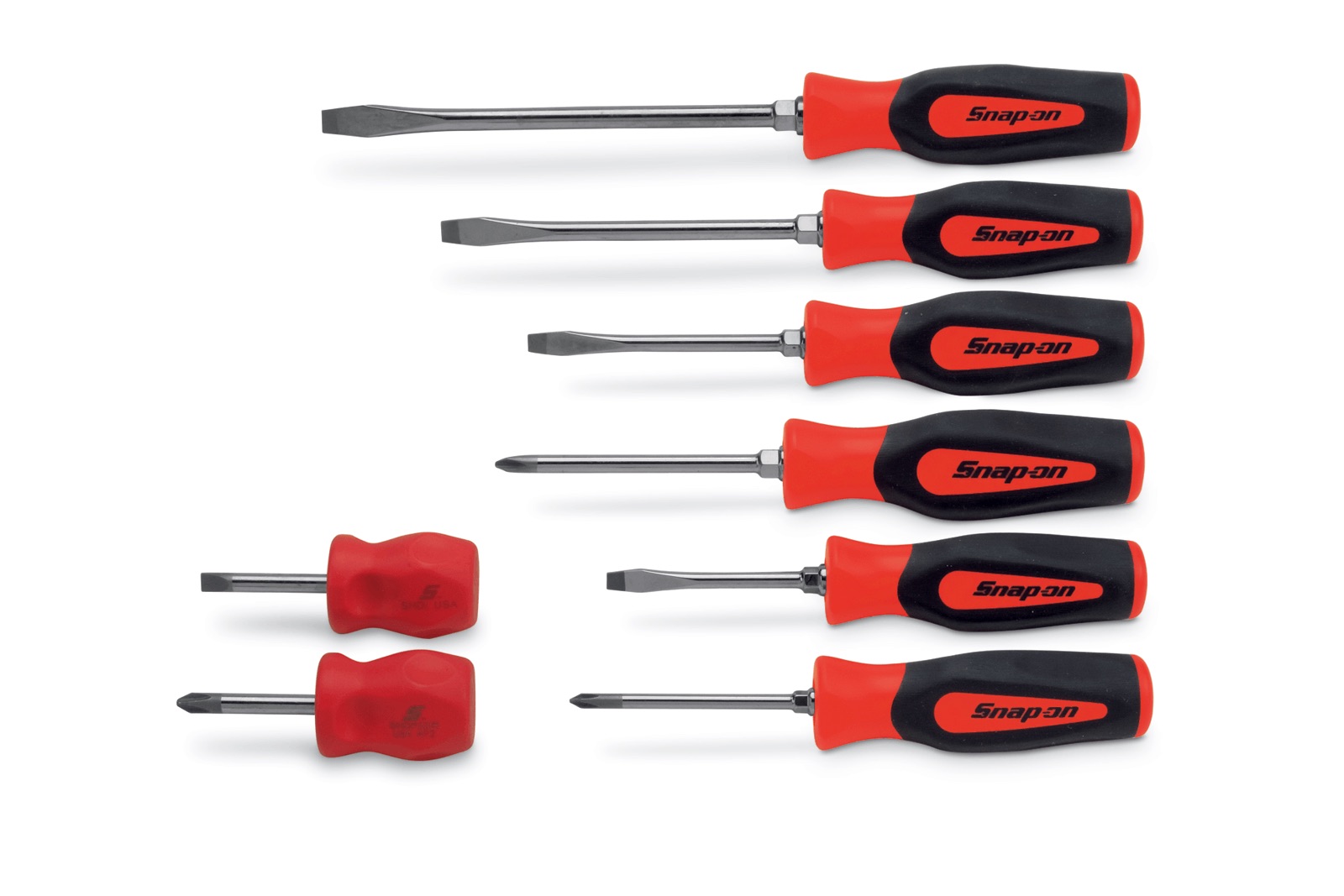
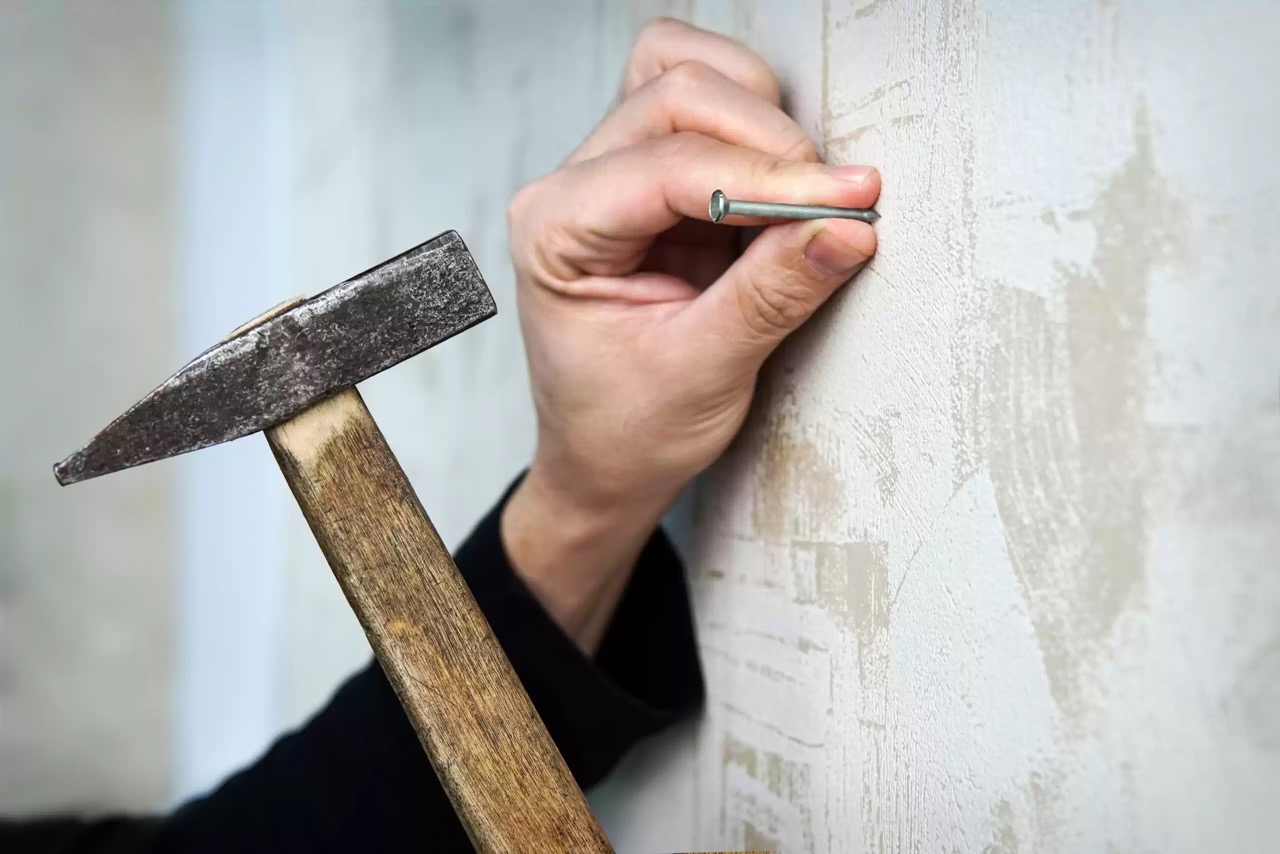

0 thoughts on “Do Not Overload When Using Electric-Powered Hand Tools”